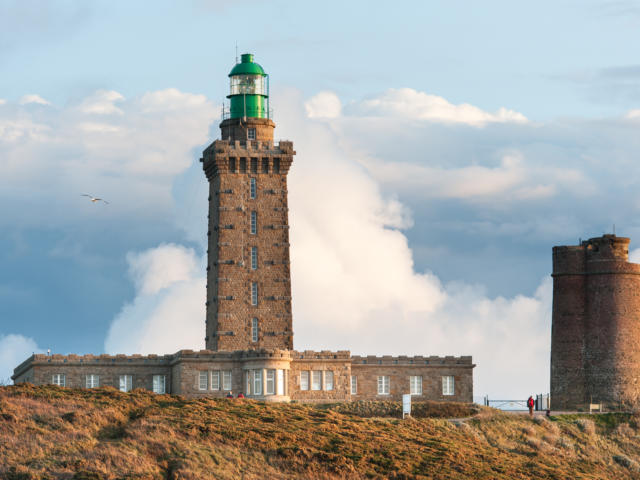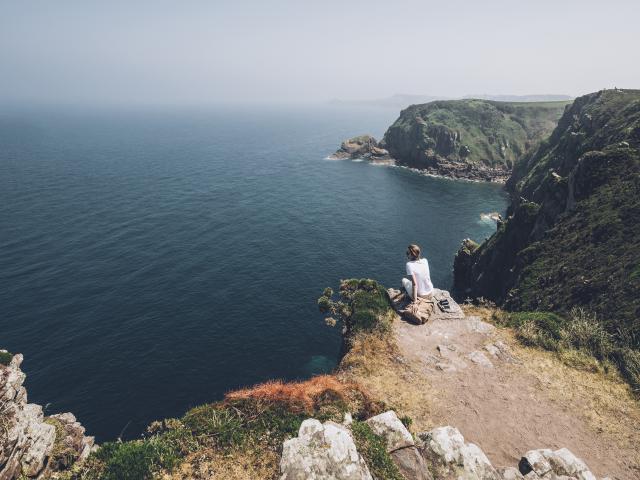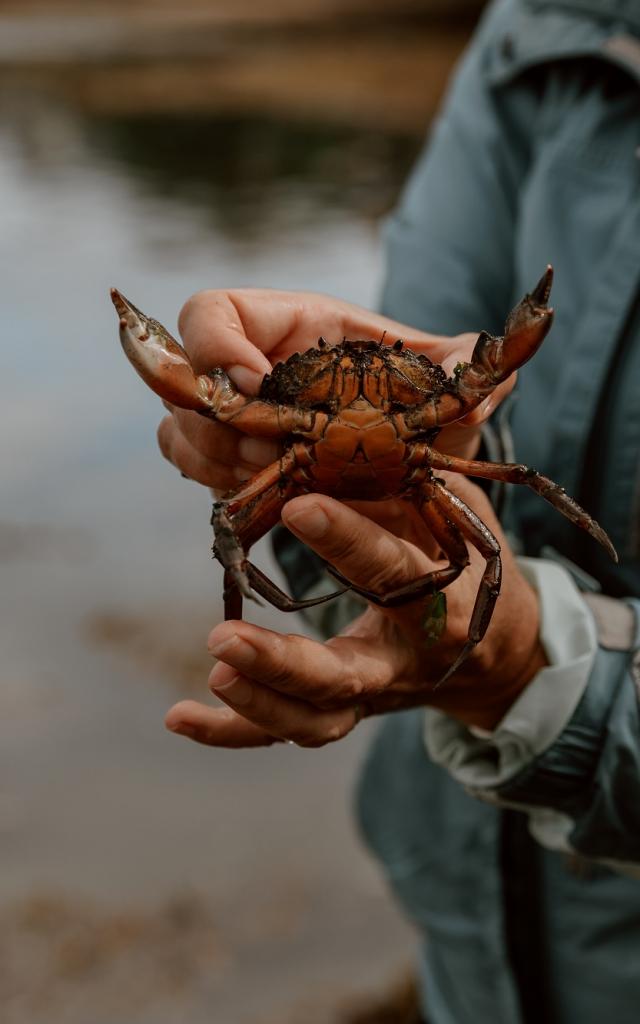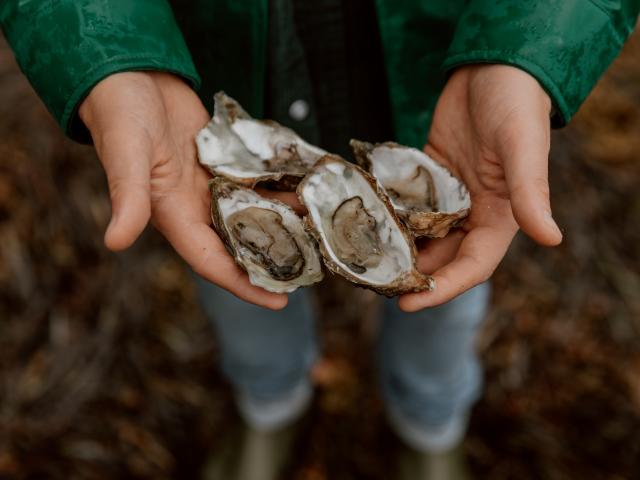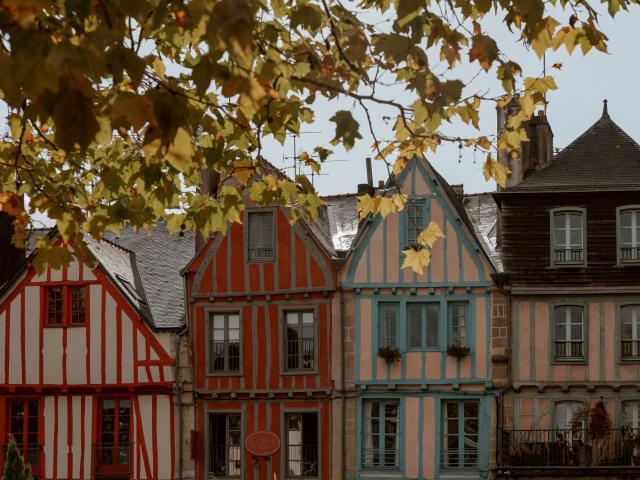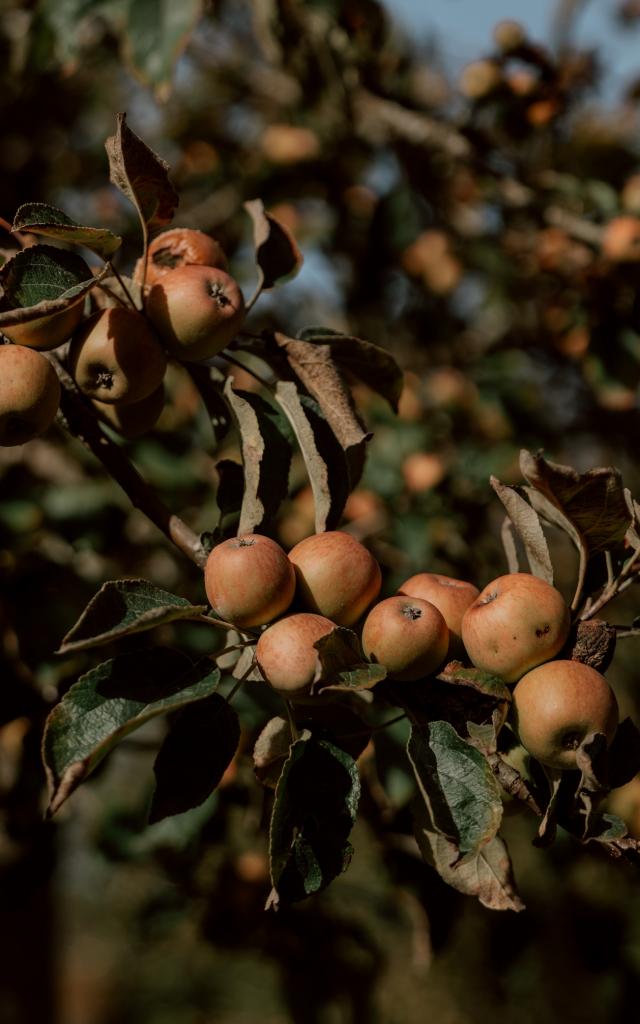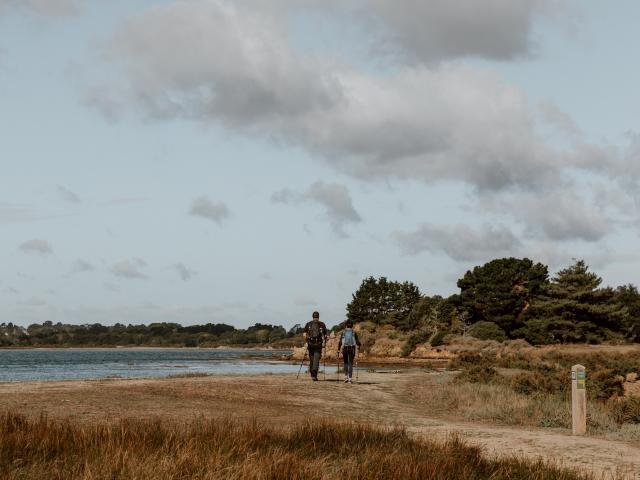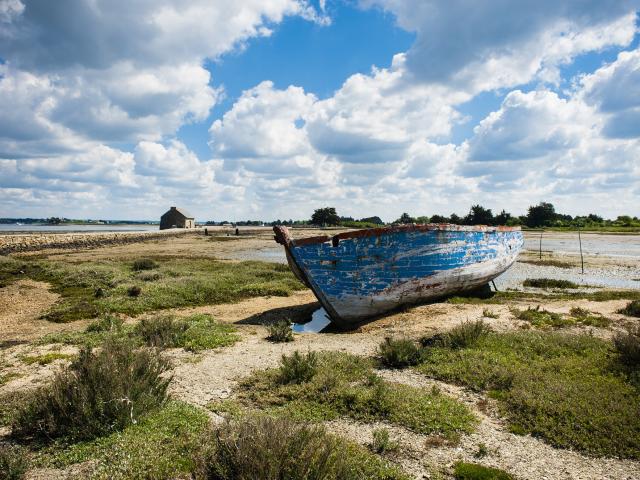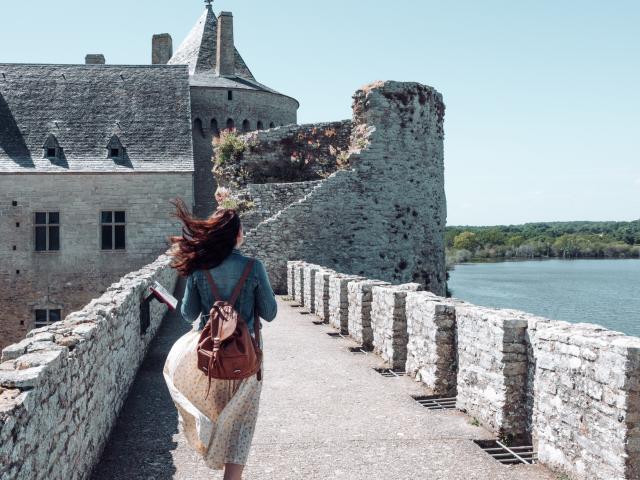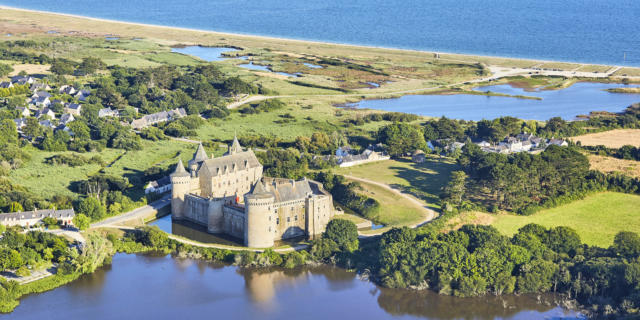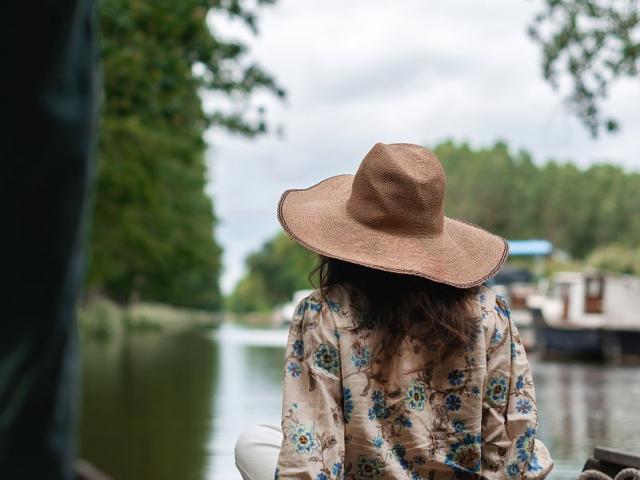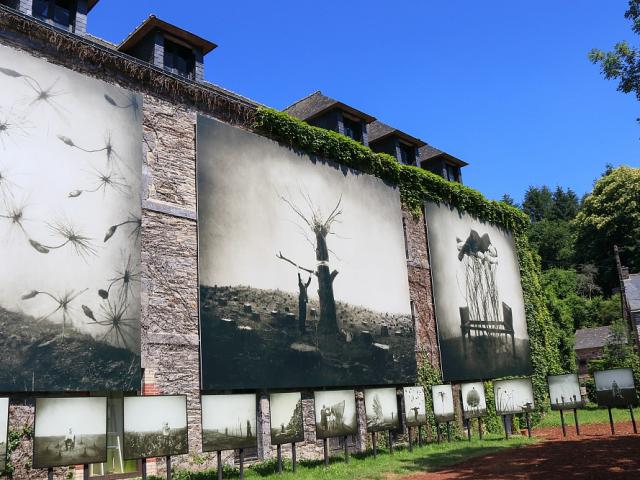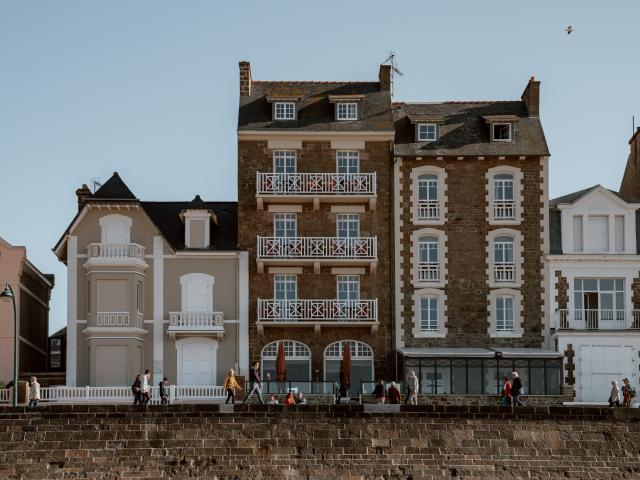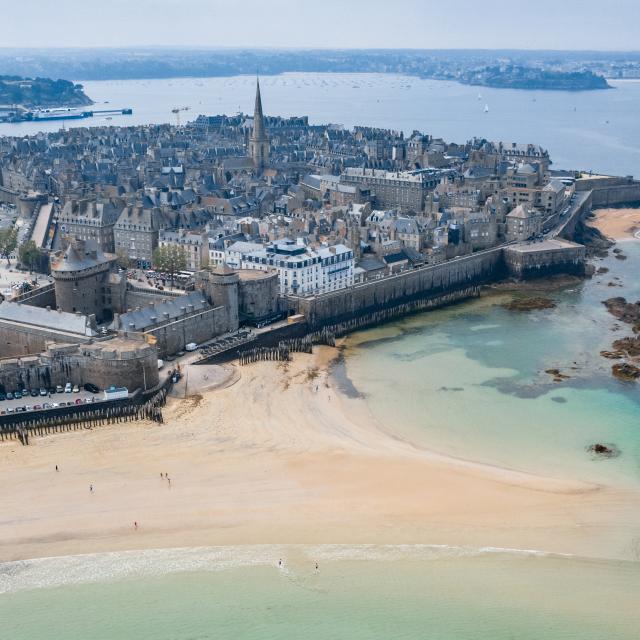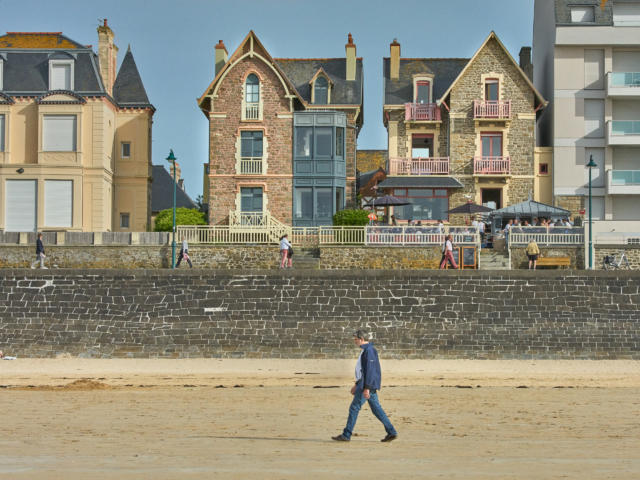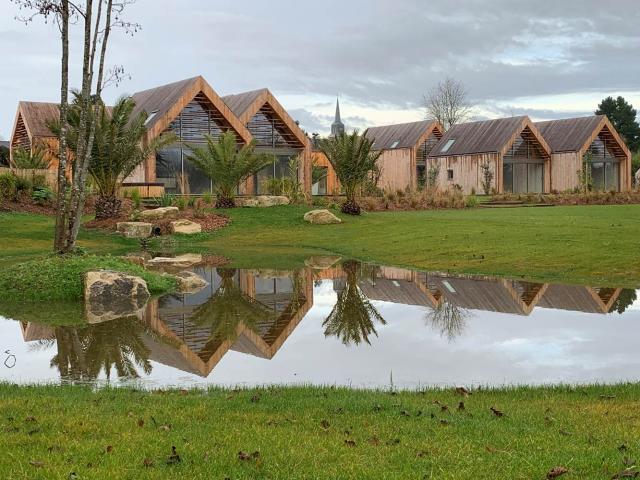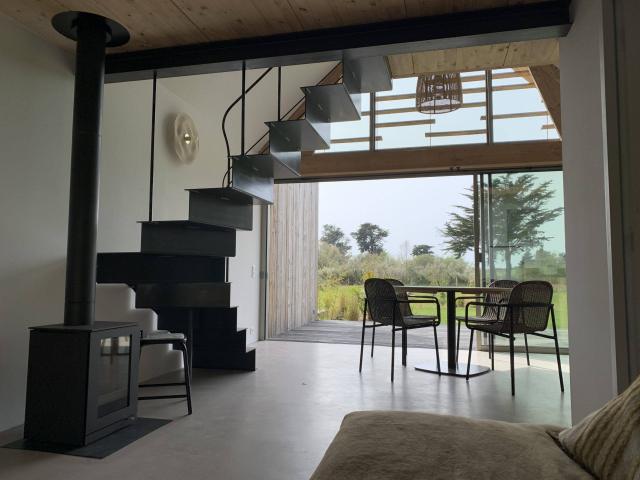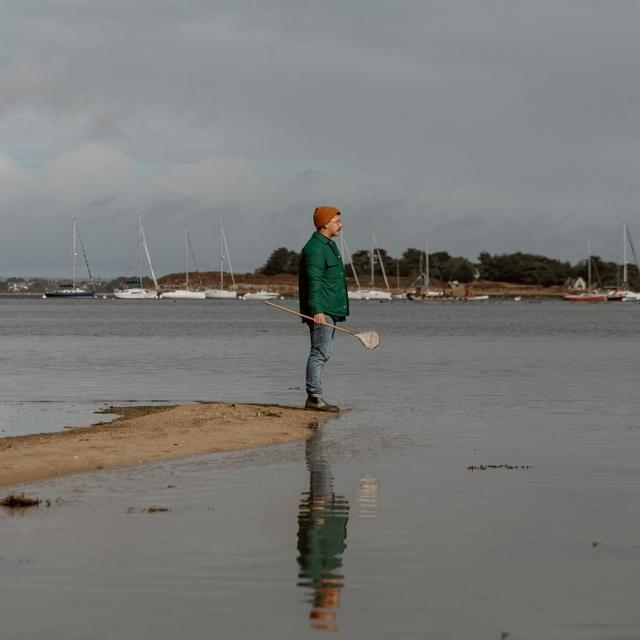Itinerary
This route is all about slow travel, disconnecting in nature and by the coast, and meeting the makers, pickers, and sellers of several of Brittany’s most distinctive products. Starting and ending in the northern city of Saint Malo – ideal for those who wish to take the ferry over from England – the itinerary begins with cycle rides along an epic stretch of coastline, before heading south to explore in and around the smalls towns, islands, and castles of the Golfe du Morbihan. In between, there’s even time to take yourself out on a tranquil boat ride along the Nantes-Brest Canal. Use it as a helpful guide to shape your own route or to simply get a flavour of some of the experiences available in Brittany!

